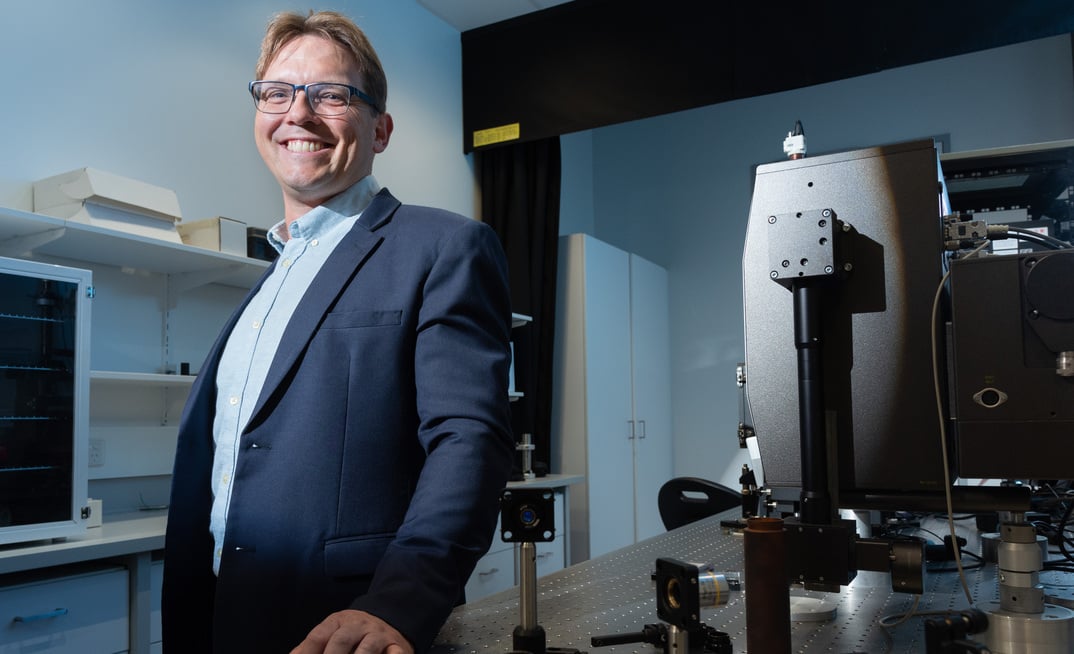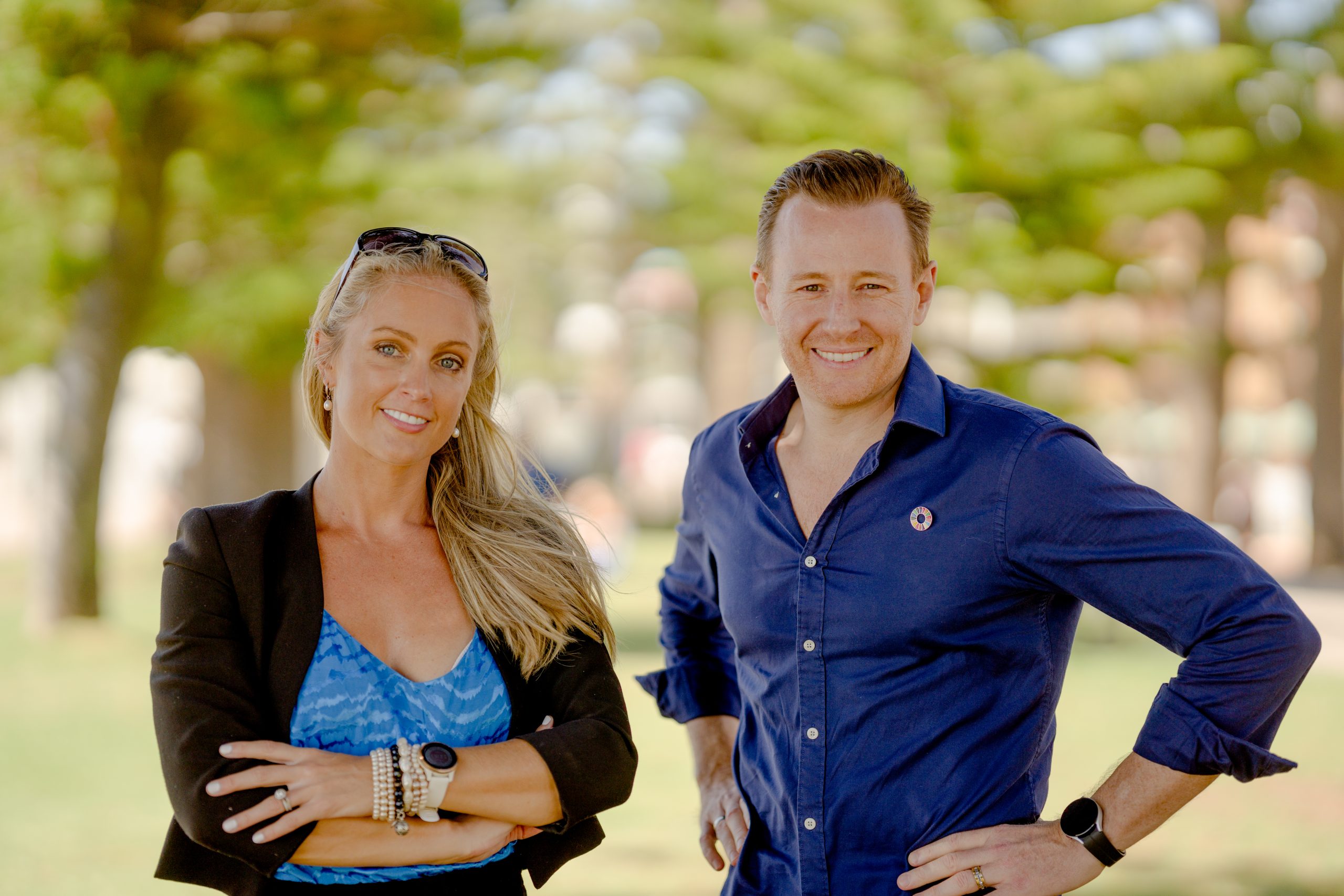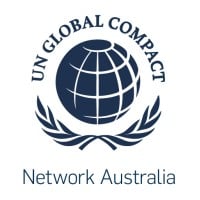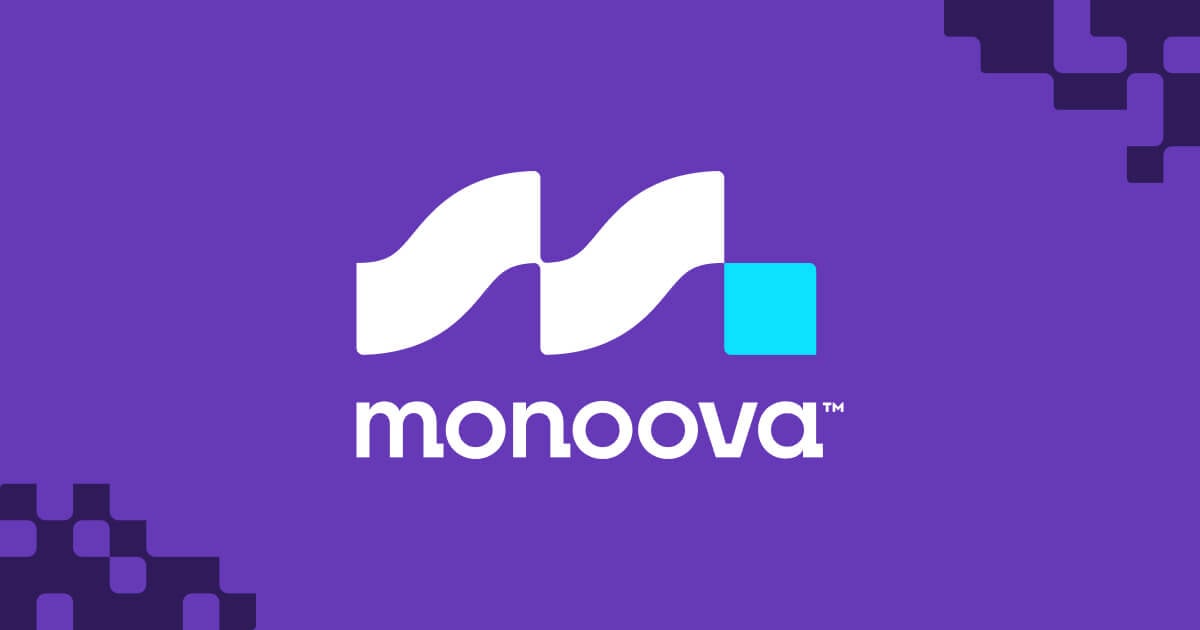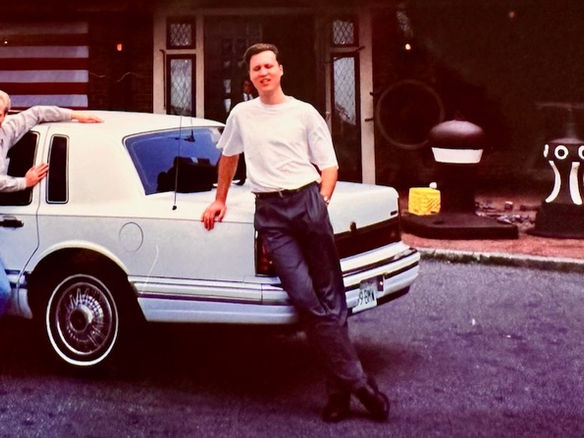This monthly column by Jeremy Liddle, Executive Director of Third Hemisphere, was originally published in The Australian and Stockhead. You can also read it in The Daily Telegraph, MSN, Herald Sun, Townsville Bulletin, The Courier Mail, The Advertiser, Cairns Post, The Chronicle, The Mercury, NT News, Geelong Advertiser, and Gold Coast Bulletin.

Reshaping the ASX: The Future of Energy Technologies
It is widely accepted that we must completely decarbonise our energy sector.
So the current mix of the ASX Energy sector – heavily leaning towards companies reliant on fossil fuels and gas – is in for a big shake up.
We predict the ASX will become increasingly weighted towards companies accelerating the push to phase out fossil fuels and find appropriate solutions for the energy crisis.
And these new energy technologies will completely reshape the ASX, creating astronomical opportunities for investors in the process.
There are already a number of Aussie companies making big waves in energy technology across fusion energy, battery tech, and a host of other renewable energy technologies.
Whether these companies end up listing or being acquired, or whether the larger players make strategic investments and/or build their own versions, here are some examples of the technologies that could reshape the ASX by 2030.
Fusion energy
The old adage that fusion energy is always 10 years away was recently rocked by the National Ignition Facility’s demonstration of net energy gain.
But if this news brings up images of giant reactors replete with radioactive waste, you’re probably thinking of fission.
Fusion, on the other hand, is more likely to involve small reactors with lasers fusing two abundantly available elements, hydrogen and boron-11. This is the case with Australia’s only private laser fusion company, HB11 Energy, anyway.
In this scenario, there’s no steam turbine, radioactive waste, or risk of meltdowns. Instead, clean, safe, and reliable energy can be supplied straight to the grid.
HB11 Energy recently signed an exclusive Australia-Spain bilateral agreement with the University of Salamanca and the Spanish Pulsed Lasers Centre to accelerate laser fusion energy development in Australia and Spain.
And with a coalition of global laser technology heavyweights led by HB11 Energy banding together to kickstart a new Australian laser industry – including building an ultra high intensity petawatt-class laser facility – it’s only a matter of time before fusion energy using advanced lasers play an important role in ASX energy technologies.
Local lawmakers and regulators will surely soon recognise that hydrogen-boron laser fusion is clean and safe, and implement appropriate regulation.
So expect to see the big energy companies investing heavily in fusion energy plants, and quite likely a significant IPO.
Battery Tech
Three of the most innovative players currently in the battery tech space are Gelion, Sicona, and Redflow (ASX:RFX).
Gelion recently went on a battery IP acquisition splurge, purchasing over 450 lithium-silicon-sulphur patents from the University of Sydney and Johnson Matthey in its quest to develop and manufacture the world’s most advanced battery right here in Australia.
This battery would possess significantly higher energy density, greater safety, and lower costs than other batteries currently on the market globally.
Sicona, meanwhile, develops next-gen battery materials technology used in the anodes of lithium-ion batteries. These enable significantly more storage of renewable energy, especially for electric vehicles.
It is also commercialising an innovative silicon-composite battery anode technology that delivers 50 to 100 per cent higher capacity than conventional graphite anodes.
Finally, ASX-listed Redflow has been developing zinc-bromine flow batteries for residential and commercial energy storage.
Given Australia already leads the world in battery research, and we have a promising Federal Government National Battery Strategy in the works, we could be staring down the golden age of Australian battery manufacturing, powered by Australian research.
And with the scale of battery storage required to decarbonise and electrify the grid, we expect battery technologies to play a huge role in transforming the composition of ASX energy stocks.
Renewable energy
Renewables are already the cheapest source of electricity, with wind and solar leading the charge. And companies like 5B Solar and SunDrive are pushing the limits of what’s currently possible.
SunDrive is thinking beyond the traditional solar cell to produce an efficient passivated contact solar technology that is free of finite resources like silver, which the current technology relies on heavily.
This could result in the most efficient solar cells in the world.
5B Solar, meanwhile, is building on world-leading Australian research that pioneered the Passivated Emitter and Rear Cell (PERC) solar photovoltaic technology in 1983.
Fast forward 40 years, and 5B Solar’s modular, prefabricated, and rapid-deployment solution – essentially a turnkey solar farm – will accelerate access to low-cost, low-risk, safe, and energy dense solar solutions.
This will make it easier and faster to harness the power of the sun to electrify homes and businesses, worldwide.
We’re at a crucial moment in history, transforming our relationship with our environment and climate, and deploying technologies that will change the world.
It follows that huge volumes of capital and investor sentiment will flow to technologies and companies like these, irreversibly reshaping the ASX within the next decade.



